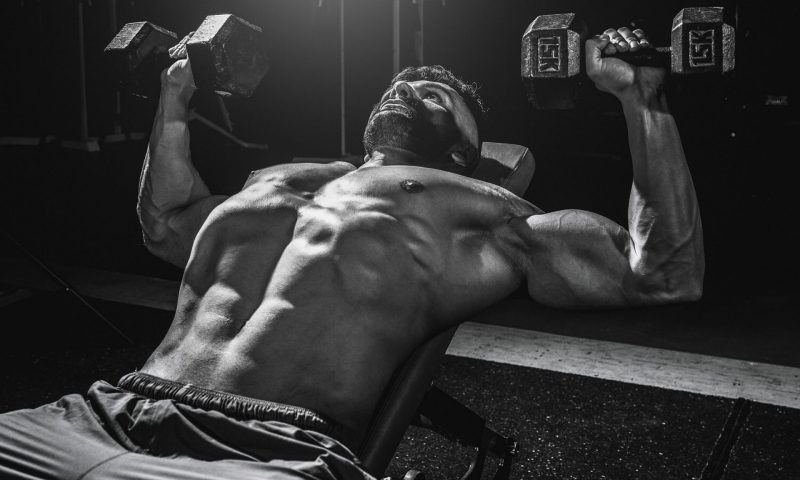With all the different types of training and weightlifting techniques out there, it can be challenging to navigate and figure out what really works best for you. Sometimes the simple, old-fashioned three sets of 10 will do the trick, and other times you might feel like spicing things up and trying something new to optimize your gains.
For some time, researchers have been exploring ways to stress the muscles in the same way without lifting even heavier weights. Is there really a method that can help lower the strain on your muscles while still allowing you to achieve serious gains? Let’s check out this interesting research.
The study

In a study published in the journal Sports, researchers wanted to understand whether blood flow restriction training could do just that. The study involved two different types of resistance training methods: a higher-load training where participants lifted heavier weights, and low-load training where participants lifted lighter weights, along with the blood flow restriction technique (BFR). Can using the BFR method along with lighter weights be just as effective as using higher weights without BFR?
What is BFR?

The blood flow restriction training technique involves placing a cuff around the working limb while you’re exercising to help restrict the blood flow.
BFR with lighter weights VS. heavy weights

In this small study, the 14 participants had previous experience with weightlifting and completed the two different programs. Each workout involved eight upper and lower body movements with three sets for each exercise. For the high-load training, participants lifted weights at around 70% of their one-rep max. For the low-load training with BFR, participants lifted weights at around 30% of the one-rep max while wearing the blood flow restriction cuffs.
Using the 0-10 RPE effort scale, the study authors were able to measure how difficult the sessions felt to the participants. They also checked lactate levels in the blood to assess the metabolic stress of the body.
The results

Here are the results:
- Participants perceived the high-load sessions to be more challenging, as indicated by a higher score on the RPE (rate of perceived exertion) scale.
- The low-load sessions, along with the blood flow restriction cuffs, yielded higher levels of blood lactate, indicating a higher level of metabolic stress on the body compared to the heavy weightlifting.
- Both training styles were demanding on the body, but the higher load resulted in more muscle tension, while the BFR technique was more metabolically demanding.
Concluding thoughts

While this is a small study, it’s interesting nonetheless and shows promise for the BFR technique with lower weights, especially for those who aren’t able to lift heavier weights. The researchers pointed out how the BFR technique with lighter weights could be beneficial for those with joint issues, those recovering from an injury, and those looking to change up their resistance training plans. Powering through a higher number of reps can still help build muscle over time.
While it’s interesting considering the documented metabolic stress on the body, it’s worth keeping in mind that lifting heavier weights still results in more muscular tension. Lifting those heavier weights at around 70% or more of your one-rep max is the proven-effective way to go when you really want to optimize muscle strength.




